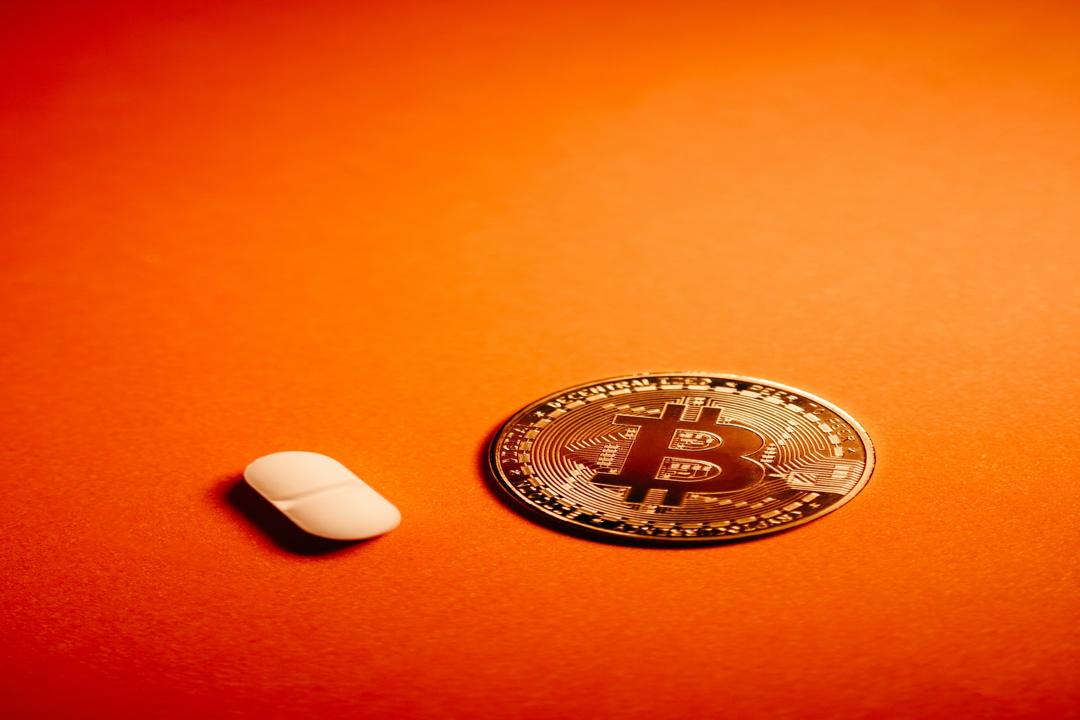Coinbase Moves Closer to Bitcoin Lightning Integration with Lightspark Partnership
Coinbase, the leading cryptocurrency exchange, is taking a significant step towards integrating Bitcoin Lightning onto its platform through a new partnership with Lightspark. Lightspark, an enterprise-focused Lightning solution led by former PayPal president David Marcus, aims to offload more transaction activity to Bitcoin’s second layer, providing faster and cheaper transactions for Coinbase’s 108 million user base.
In a recent post on X, Coinbase CEO Brian Armstrong confirmed that the integration of the Bitcoin layer-2 network would happen “soon.” This move is expected to combat the recent rise in fees on Bitcoin’s base layer. Lightspark, in an April 3 post, explained that this integration would allow Coinbase users to leverage the benefits of Lightning technology.
Coinbase had previously announced its intention to integrate Bitcoin Lightning back in September, but no further details were provided at the time. When contacted by Cointelegraph for more information, Coinbase did not immediately respond.
Lightspark, founded in 2022, focuses on simplifying the implementation and management of Lightning nodes for reliable transaction sending and receiving. The company has also developed Lightspark Predict, an AI-based smart engine that optimizes liquidity requirements and routing in real time, maximizing transaction success rates and finality times.
According to Bitcoin financial services firm River, the Lightning payments success rate stands at around 99.7%. This data was obtained from analyzing the 308,000 Lightning transactions requested on River’s platform in October. The main reason for payment failures was the lack of a payment route with sufficient liquidity. River also found that the average Lightning transaction size was approximately 44,700 satoshis or $11.84. In September, it was estimated that there were between 279,000 and 1.1 million active Lightning users.
Coinbase’s biggest competitor, Binance, integrated Bitcoin Lightning in July last year. Lightning technology has gained popularity as a payment method in Lugano, Switzerland, El Zonte in El Salvador (also known as “Bitcoin Beach”), and Utiva in Costa Rica (known as “Bitcoin Jungle”).
However, some Bitcoin enthusiasts, including Michael Saylor, believe that Bitcoin is better suited as a store of value technology rather than a medium of exchange.
The question remains: How can Bitcoin payments make a comeback?

